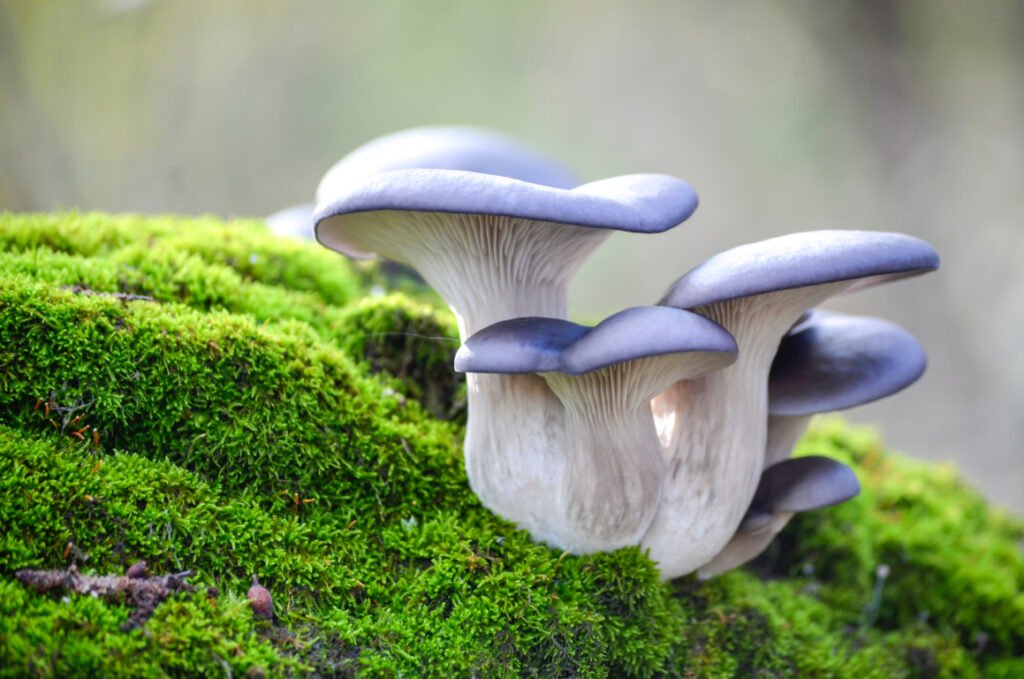Compared to trees growing ordinarily in nature, bonsai trees need a lot more meticulous and regular care for the tree’s health and appearance. Regular watering, feeding, pruning, wiring, and repotting are required for bonsai trees. Otherwise, this can lead to a decline in health – and possibly the browning of leaves.
Bonsai can be grown in many different styles – my favourite is a cascading style, where the main trunk line dips under the pot’s rim. However, there are many styles to choose from, such as informal upright, formal upright, slanted, windswept, or semi-cascading. These are just a few styles you can design your bonsai as!
Some species will be more suitable for different styles and be easier to work with in retrospect; however, with a bit of hard work, you can create a nice-looking bonsai in a few years, depending on the material.
Consequences of Improper Care
If you don’t properly take care of your bonsai, this can lead to various issues, such as yellowing or browning leaves, dying branches, root rot, or infection from pests or diseases. This might make you wonder, ‘why is my bonsai tree turning brown?’ There are several causes of these problems, which I will explain in this article below!
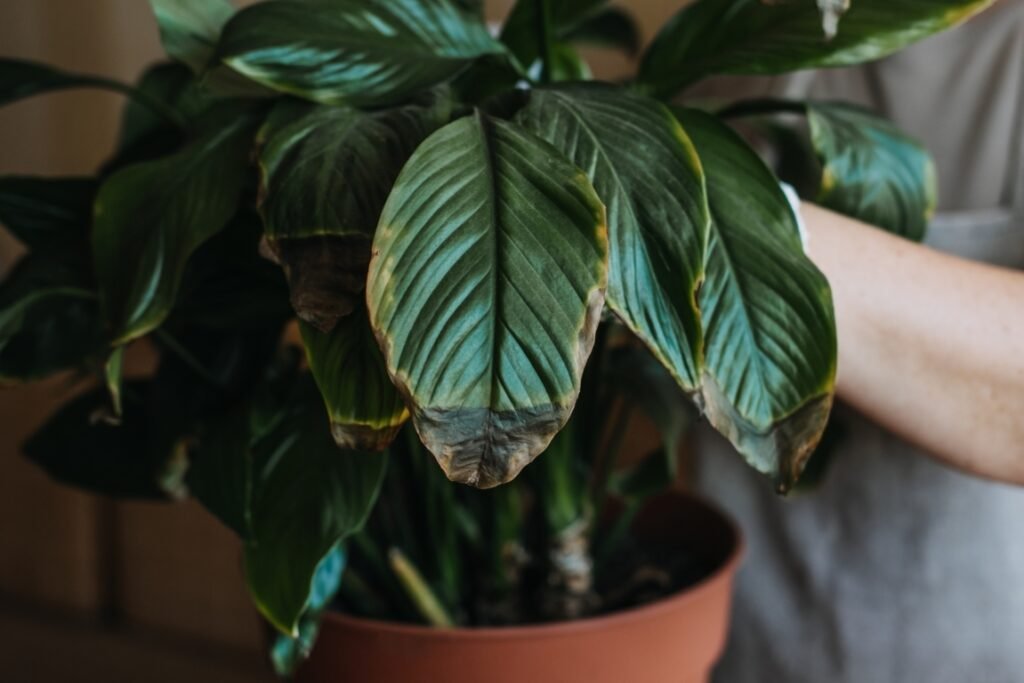
In this article, I will discuss some common causes of the browning of leaves on bonsai trees and how you can prevent this. I’ll also cover other common issues, such as the bonsai turning yellow and infestations from pests such as aphids.
So, why is my bonsai tree turning brown?
Underwatering
A prevalent problem that can lead to bonsai trees turning brown is underwatering. Underwatering is when you don’t provide your bonsai tree with enough water, leading to it turning brown and eventually death if the problem is not solved quickly enough.
In my problem, underwatering is a lot bigger problem than overwatering. With overwatering, you can solve the problem quite quickly and learn easier from your mistake; however, underwatering can be much less forgiving. If you’re in a sweltering climate, your tree could die very quickly from underwatering if you aren’t paying enough attention to it – leading you to ask, ‘why is my bonsai tree leaves turning brown?’
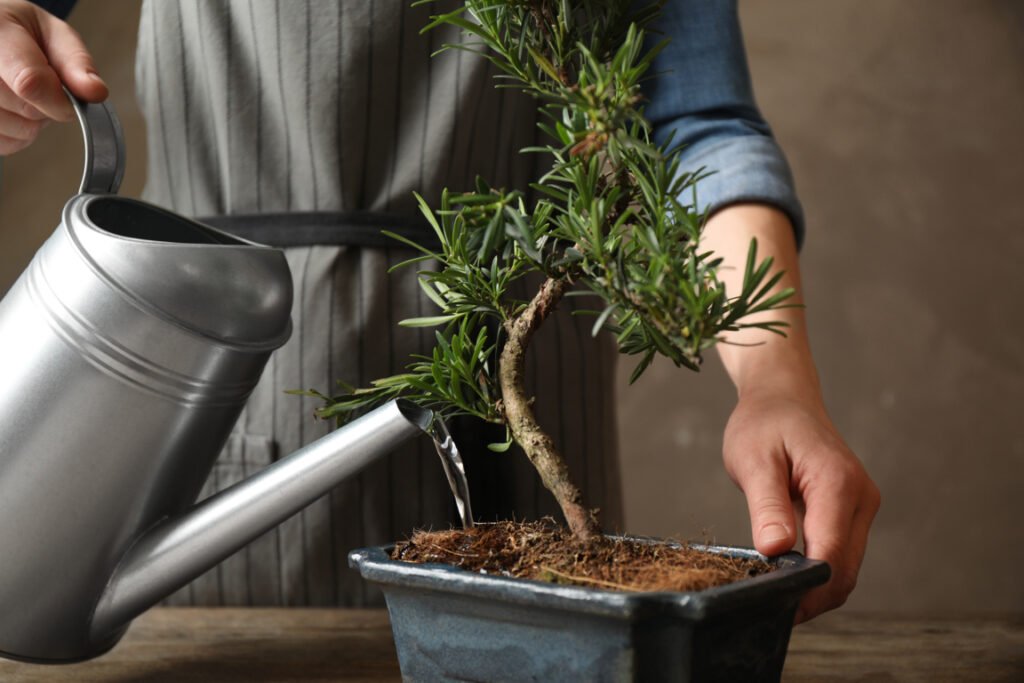
Some species of trees will require more water than others, such as azaleas. I’ve found that my Azaleas need watering at least twice a day during summer in England. This year, we had quite a terrible heatwave strike, with temperatures reaching up to 30C.
Like you, I also experienced a lot of browning on the tree. I was on holiday and my neighbour did not provide it with enough water. Luckily though, it pulled through!
If your tree is underwatered, I would take it out of its pot as gently as possible (trying not to disturb the roots as much as possible) and submerge it under water until it stops bubbling. This ensures the root mass has received enough water and that watering is thorough.
I repeat this every time in water until I’m confident that the tree has recovered sufficiently. I’ll then move back to watering with my watering can.
Here are two tips as to how not to underwater your bonsai tree:
Give it the correct amount of light
Trees require a good amount of light, with most outdoor trees needing at least 5-6 hours of sunlight each day. However, some species can tolerate direct light a lot better than others. Junipers love full sun, and you can keep them in it for the whole day, which can be beneficial in tightening their foliage. However, this is different for other species, such as maples. I’ve found that the leaves will burn quite quickly on my maples and curl.
Here are some popular species and how much sunlight they require:
- Maples – prefer partial shade, around 5-6 hours of light each day
- Junipers – prefer full sun, preferably 4+ hours of light each day
- Pines – prefer full sun, with 6 hours of light each day
- Beech – prefer full sun, with 6 hours of light each day
- Chinese elm – full sun or partial shade, with around 5 hours of light each day
Don’t be too liberal with watering! Be thorough
Many people are scared of overwatering their trees – however, they should be much more worried about underwatering them. When watering your trees, you should ensure that you are thorough with them.
I like to water the tree thoroughly for ten seconds, then leave it for a minute before returning to it and then watering it for ten seconds. This ensures that the tree has received a sufficient amount of water.
I will likely water a tree twice if it’s a hot day. To check a tree needs water, I poke my finger about an inch deep into the soil to see how moist it is. Ideally, the tree should be slightly drying out before you water it again.
Some trees can tolerate less water than others, Junipers in particular. I usually water my junipers every two days, misting the foliage in between this. This is because junipers get a lot of their energy from their foliage, which is why they require full sun to thrive.
Overwatering
Although it’s a bit less scary than underwatering, overwatering can still be quite a problem. If you are watering your tree too frequently, then this can cause root rot, making you wonder, ‘why is my bonsai tree turning brown?’ The soil should not be constantly wet; it should be moist.
Root rot will cause your bonsai tree to be brown and kill your tree if it is not treated correctly. When repotting the tree, you can identify root rot by yellowing/browning leaves, slow growth, weak stems, and a foul smell.
I will stop watering my tree until the soil has dried out slightly to treat overwatering. I will pay attention to it, though, and this is important. You should never let the soil completely dry out, as this will kill your tree just as fast as overwatering it. Usually, I’m a bit more liberal with my water when it has been underwatered, but I ensure that it never dries out completely.
For some species that can tolerate full sun, I will occasionally move them into the full sun to speed up the drying-out process. I’ve found that species like junipers are much easier to overwater than others. When I bought my first juniper, I was watering it daily – a terrible idea.
With junipers, I typically water them every two days and mist the foliage in between.
Too much / too little light
As discussed above, an essential part of keeping a bonsai tree is ensuring that it has enough light each day. Otherwise, you might be wondering, ‘why is my bonsai tree turning brown?’ In autumn and winter, deciduous trees don’t require any. However, evergreens will still need some. This is why I keep a lot of my evergreens in a cold frame, and some of my less hardy deciduous trees can go into a dark garage (ventilated every day to prevent mildew and other fungi).
In summer, I will check on my bonsai trees’ leaves daily to ensure that they are not burning or curling. If they are, try and give them a bit of shade on scorching days, as this can damage the tree, especially if it’s not receiving enough water.
This is mainly a problem with maples, as their leaves seem much more sensitive than other species, such as Chinese elms. Then again, Chinese elm seem extremely vigorous and hardy no matter the conditions I give them!
Although I do not have much experience with indoor trees, this can also be a problem for them. Many beginners don’t give their indoor trees enough light each day or don’t have the facilities to do so. People with more advanced setups typically have to grow lights, which help their trees get that extra light in the day.
In summary, you should research the light requirements for your tree species and confer with locals in the area on what works best for them! You could join a local bonsai club – they’re full of great information, and you can obtain some material for cheap. If you’re not too sociable, you could join a bonsai forum, where there is vast information and help everywhere
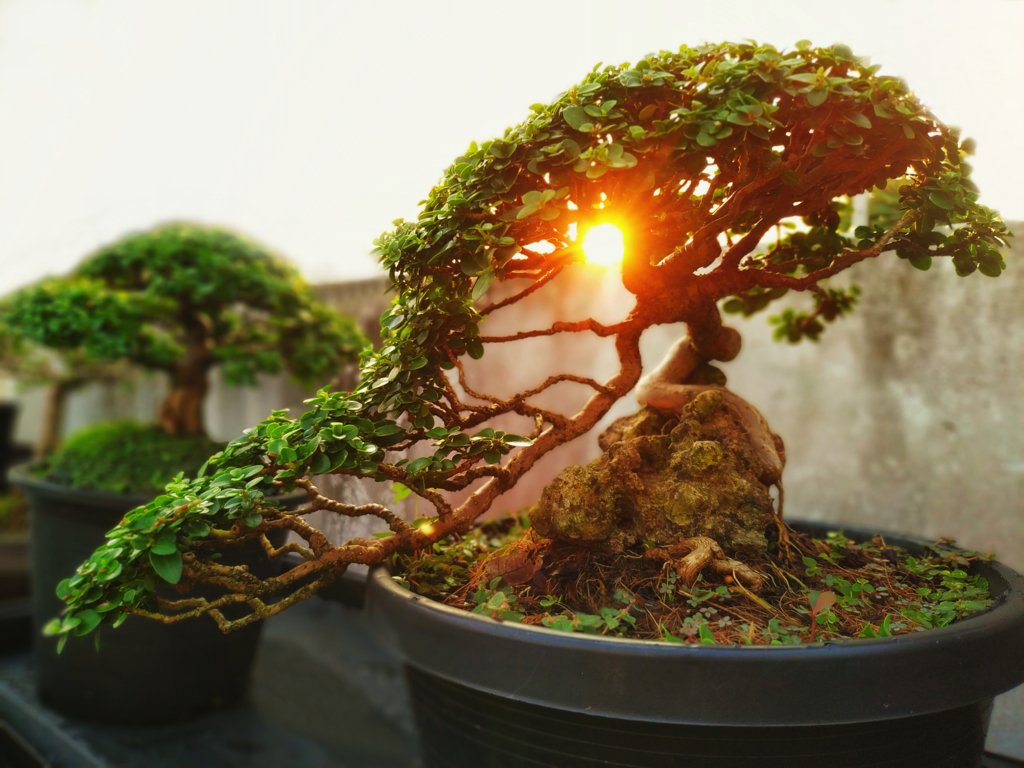
Overfertilising
In previous articles, I have stressed that fertilising a tree is essential for every bonsai tree. I like to explain it with the fact that you are taking a tree which usually grows in nature, with access to as much soil as possible and nutrients, and putting it into a small pot where the only thing keeping it alive is you and the light.
Fertilising trees provides essential nutrients like NPK (Nitrogen, Phosphorous and Potassium) and micronutrients. Nitrogen drives growth in the plant, phosphorous helps with flower bud and fruit formation, and potassium helps with the movement of water and nutrients in the tree.
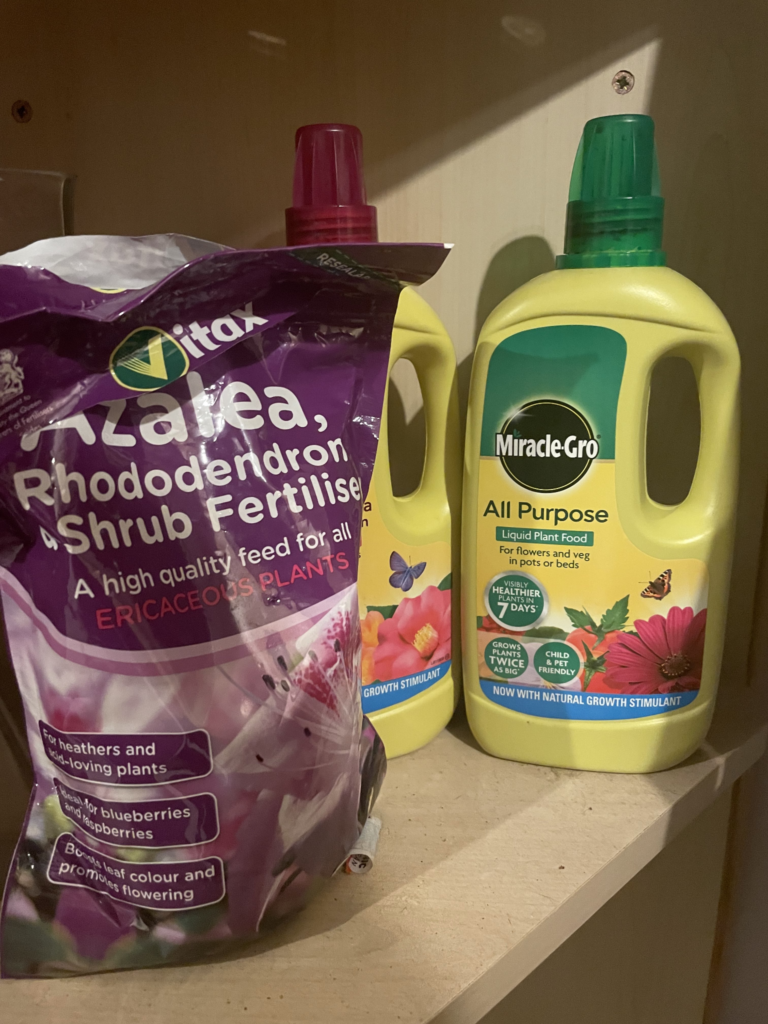
However, over-fertilising can be a problem for trees, leading to the browning of leaves and you asking the question, ‘why is my bonsai tree turning brown?’ It is advised to fertilise your trees every 7-10 days. However, I will fertilise my trees every ten days in summer. I might take it down to around eight days if I am pushing heavy growth, but I’m always careful to ensure I’m not over-fertilising the tree.
Towards autumn, you should start feeding the tree less regularly in weaker concentrations, eventually stopping fertilising the tree altogether in Winter, when the tree is not putting on growth anymore. Fertilising a tree while not putting growth on is a waste of fertiliser.
I recommend brands such as Naruko and Biogold, which are specialist fertilisers for bonsai trees and have been tried and tested for decades. However, ordinary garden centre fertilisers will also suffice – check those NPK ratios!
Over-fertilising will cause the edges of the leaves to brown and curl. If you’ve over-fertilised your tree, it can burn its roots, and you should treat it immediately. Try to take the tree out of its pot while disturbing the least amount of root possible. Then, submerge it in water to try and wash out as much fertiliser as possible. You can also do this without taking the tree out. However, I like to submerge it to be safe.
Pests & Disease
Aphids are one of the most infuriating things to encounter on a bonsai tree. I remember my first experience with them – and I tried so hard to get rid of them, but they didn’t go! They made me wonder, ‘why is my bonsai tree turning brown?’ I like to use a mix of dish soap and water in a weak concentration, which helps eliminate the aphids.
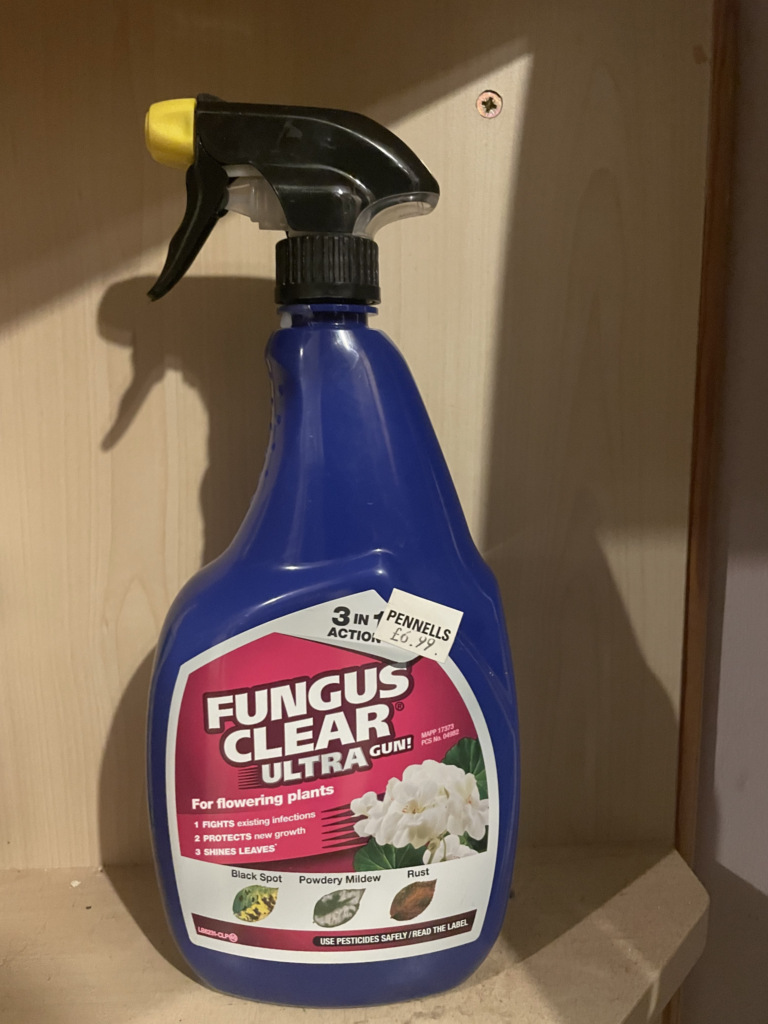
For environmental reasons, I would recommend against using pesticides as this can kill beneficial animals in your garden, such as ladybugs or bees, which will pollinate your flowering trees.
Some other common pests include vine weevils, spider mites, mealy bugs, and scale insects. If you look online, there are optimal ways to get rid of each pet; however, I usually always opt for dish soap and water or neem oil. Neem oil is very effective at getting rid of pests and won’t harm the environment.
Moving onto diseases, this can also cause the browning of leaves. Some common conditions you might run into are powdery mildew, black spot, chlorosis, root rot, and canker diseases. While some of these may not cause the tree to be brown, they can be very detrimental to the plant’s health – especially canker diseases.
To reduce the risk of infection, you should make sure your trees are well-ventilated and kept away from any sick trees (quarantine them while you treat them!) to prevent the disease from spreading. It would be best if you treated it with something such as a chemical or natural fungicide as soon as possible. As much as I love the environment, I opt for a chemical fungicide as I don’t like to risk losing my trees.
Stress
While we might get stressed at things in everyday life, such as school or work, trees do too! This can be caused by underwatering, overwatering, a lack of nutrients, insufficient light, excessive pruning, or repotting.
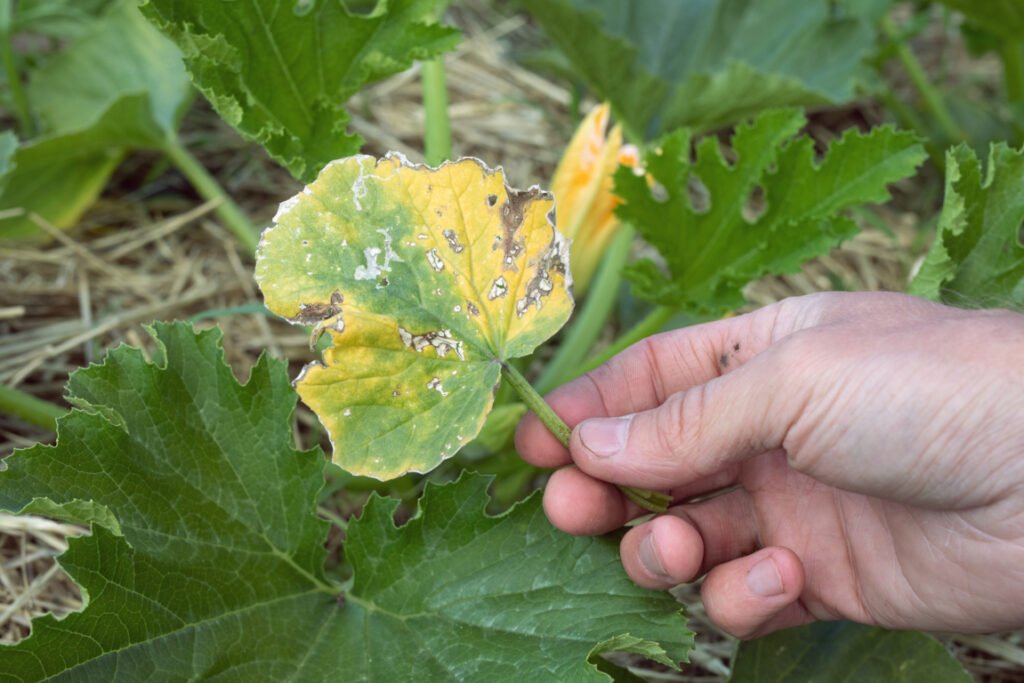
Specifically, I’d like to focus on repotting. Repotting should be done every two years for younger trees – however, if you find that the roots keep on filling the pot constantly, you should move it up to a larger pot size soon if you intend on developing the tree further.
For older trees, you can get away with it every 3-5 years. However, this is mainly for quite old trees. You should always check the health of a tree and assess if it needs repotting. There are several reasons you would report, such as the tree being root bound or a lack of permeability in the soil which means that water isn’t getting to the roots sufficiently.
When repotting, you should always be careful with the roots – no matter the species. Some species can tolerate heavier root pruning, while some will not. Specifically, azaleas cannot handle severe root amounts of pruning (in England, at least). This is due to their fragile roots.
You should take less soil out at a time. Instead, you should work it down over the years if you aim to fit it in a display pot or show pot.
The type of soil will also affect the health of the tree. If potted in something like compost, this can be heavy and lead to your tree becoming waterlogged. When a tree is waterlogged, it starves the roots of oxygen, which can lead to root rot, eventually causing the tree to die.
I like to use Akadama for many of my trees or pumice. Some trees, such as azaleas, will require Kanuma, which is slightly acidic, so you should consider this when repotting a specific type of tree.
Frequently Asked Questions (FAQ)
How can I tell if my bonsai is still alive?
I like to scratch a very tiny bit of bark off. If it’s green underneath, that typically means the tree is still alive. However, if it’s brown, then, unfortunately, your tree has most likely died, or that particular part of the tree has died.
What does it mean if my tree is yellowing?
If your tree has started to show yellow leaves, it may be a sign that autumn is coming. If it’s not quite that time in the year, it could signify other issues such as a lack of nutrients, underwatering or overwatering, or too much sunlight.
Is there an organic way of treating diseases?
I did read that if you combine a solution of milk and water, this can act as a natural fungicide. On my roses, this did not seem to have quite the effect in treating black spot. However, I have yet to try it on trees. It could work for you! However, I would always opt for chemical fungicides to be safe.
What’s a good NPK ratio for Bonsai?
It depends entirely on the season! In spring and summer, I use fertilisers high in Nitrogen (10-6-6) to drive growth, while towards the end of summer, I will typically use higher phosphorous and potassium ratios with low nitrogen (0-10-10 or higher). This will encourage flower bud formation, strengthen the roots and help your tree survive through the Winter.
What are some signs of pests?
For aphids, it usually occurs as sticky, shiny spots on leaves. They like to gather around a lot on leaves. This is known as ‘honeydew’, which the aphids secrete. Mites look like tiny spiders which lay little white eggs. Vine weevils usually eat leaves and are pretty small, with black with white or yellow spots on their back.



